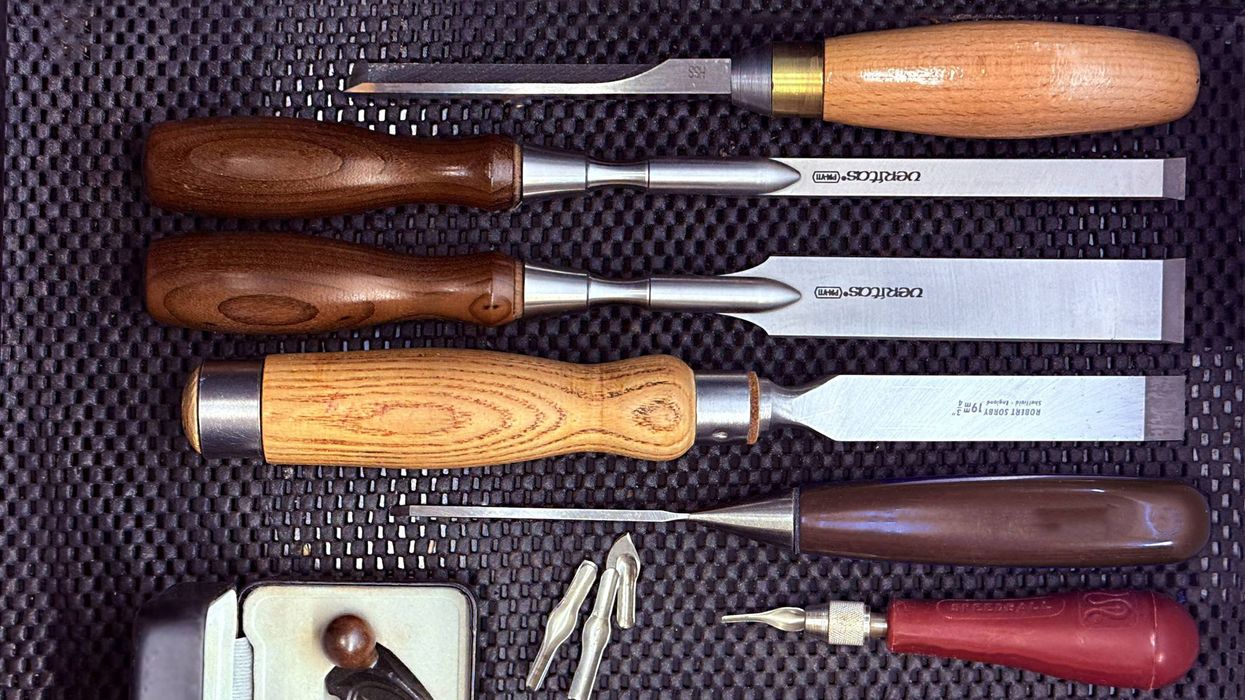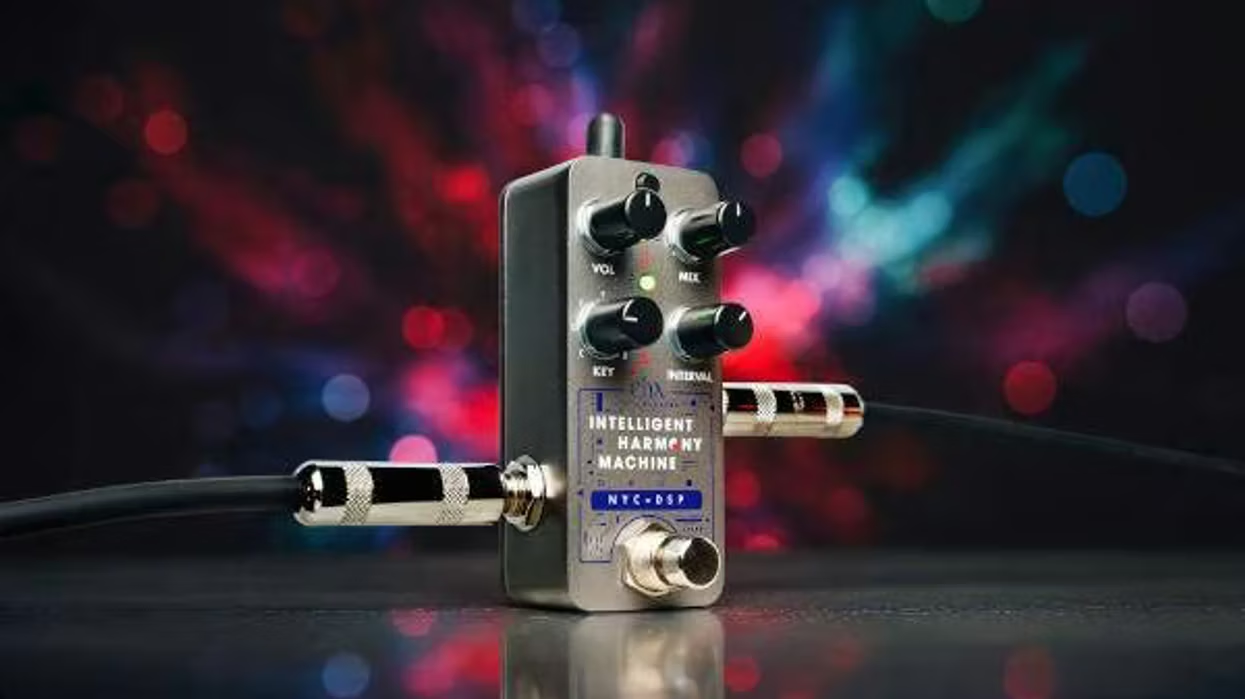In my previous Bass Bench column, we investigated several different systems low-enders can use to generate MIDI data. (If you missed this, check out “The Evolution of MIDI Bass.”) Most of the methods used to detect the notes you’re playing can be categorized as belonging to one of two groups: those that sense plucked strings and those that use some type of fretboard-triggering technology. As always, each approach has pros and cons regarding latency, accuracy, and the amount of expression and musical detail it provides. Let’s drill down into the strengths and weaknesses of these two basic categories.
String-sensing systems. All plucked-string or velocity-sensing systems use a magnetic, piezo, or optical pickup, and are designed to interpret the original sound generated by the strings. Though these systems start with the complete string signal, they’re often limited in how accurately they translate several playing techniques—especially palm muting or hammer-ons and pull-offs—into robust MIDI data. It can be tricky to adjust the controller’s sensitivity to discriminate between legitimate techniques and sloppy playing. The latter typically creates unwanted or unrecognized notes.
In the early days, a string-sensing system’s main weakness was high latency—a problem for any instrument with a focus on rhythm and timing. Even with a latency in the range of a dozen milliseconds, as offered by modern MIDI gear, it’s discernable and aggravating. The problem is simple: It takes time to detect a note’s fundamental. Piezo transducers, which typically deliver more upper harmonics and provide direct mechanical contact with the string, can outperform a magnetic pickup at this task, but latency remains a persistent problem, and that’s true of optical pickups, as well.
One of the tricks to reduce latency is to play in the higher registers, which produce frequencies that can be more quickly detected and converted into MIDI data, and simply use the controller to assign or remap this data to lower octaves. This will improve tracking and reduce latency, but it doesn’t feel the same as playing those lines in their intended register.
Fretboard-sensing systems. One approach to fighting latency is to literally convert the fretboard into a keyboard by integrating sensors into all the frets and then assigning them to the proper pitch for each string. This allows you to trigger a note by pressing its corresponding fret.
While fretboard sensors eliminate latency, they also ignore the kind of input the right hand delivers when plucking the string. Another limitation: There’s no way to detect open strings—even if you use a zero fret instead of a nut—because you’re not pressing down on a fret to trigger these notes.
Also, if you’re a groove player laying down eighth- or 16th-note lines, you’ll have a harder time adapting to this technology. Why? With no pickup detecting velocity or related data from the plucked strings, you have to generate all of that with your fretting hand.
And finally: What happens when you bend a string into a fretboard sector underneath another string? It’s a challenge for MIDI designers and programmers to tell the system “this is a bend, not a new note on an adjacent string.” One possibility is to split the frets, but that creates an unfamiliar playing experience. Another alternative is to wire a full fret as one contact and use each string as the second contact to complete the circuit. Of course, it’s possible to combine both string- and fret-sensing systems, but that makes the technology significantly more complicated.
In the end, choosing one of the systems comes down to weighing trade-offs. Do you accept the inherent latency of relatively low-cost string-sensing systems? Or are you willing to spend big bucks in the pursuit of improved pitch accuracy and the low latency offered by fret-sensing systems? The latter forces you to acquire a new instrument—or at least modify a neck with sophisticated electronics.
Say “hi” to AI. And finally, there are new developments that employ no hardware at all. Voice assistants use artificial intelligence and advanced algorithms to not only understand context, but also remember, identify, and separate our voices from background noise or other voices. Obviously, parsing the sounds made by our 4-, 5-, or 6-string basses isn’t all that different. Add the usual MIDI treatment to this data, and you’re done.
In fact, Jam Origin MIDI Guitar—a software that translates audio to MIDI without any additional hardware—does exactly that. The company admits that their software, which is just out of beta-testing, is not yet perfect, and there’s still latency in the sound-to-data conversion process. But if you want to experiment with MIDI before investing in a new bass or hardware mods, this seems like a great way to go.







![Rig Rundown: AFI [2025]](https://www.premierguitar.com/media-library/youtube.jpg?id=62064741&width=1245&height=700&quality=70&coordinates=0%2C0%2C0%2C0)












 Shop Scott's Rig
Shop Scott's Rig![Rig Rundown: John 5 [2026]](https://www.premierguitar.com/media-library/youtube.jpg?id=62681883&width=1245&height=700&quality=70&coordinates=0%2C45%2C0%2C45)




![Rig Rundown: Russian Circles’ Mike Sullivan [2025]](https://www.premierguitar.com/media-library/youtube.jpg?id=62303631&width=1245&height=700&quality=70&coordinates=0%2C0%2C0%2C0)










































